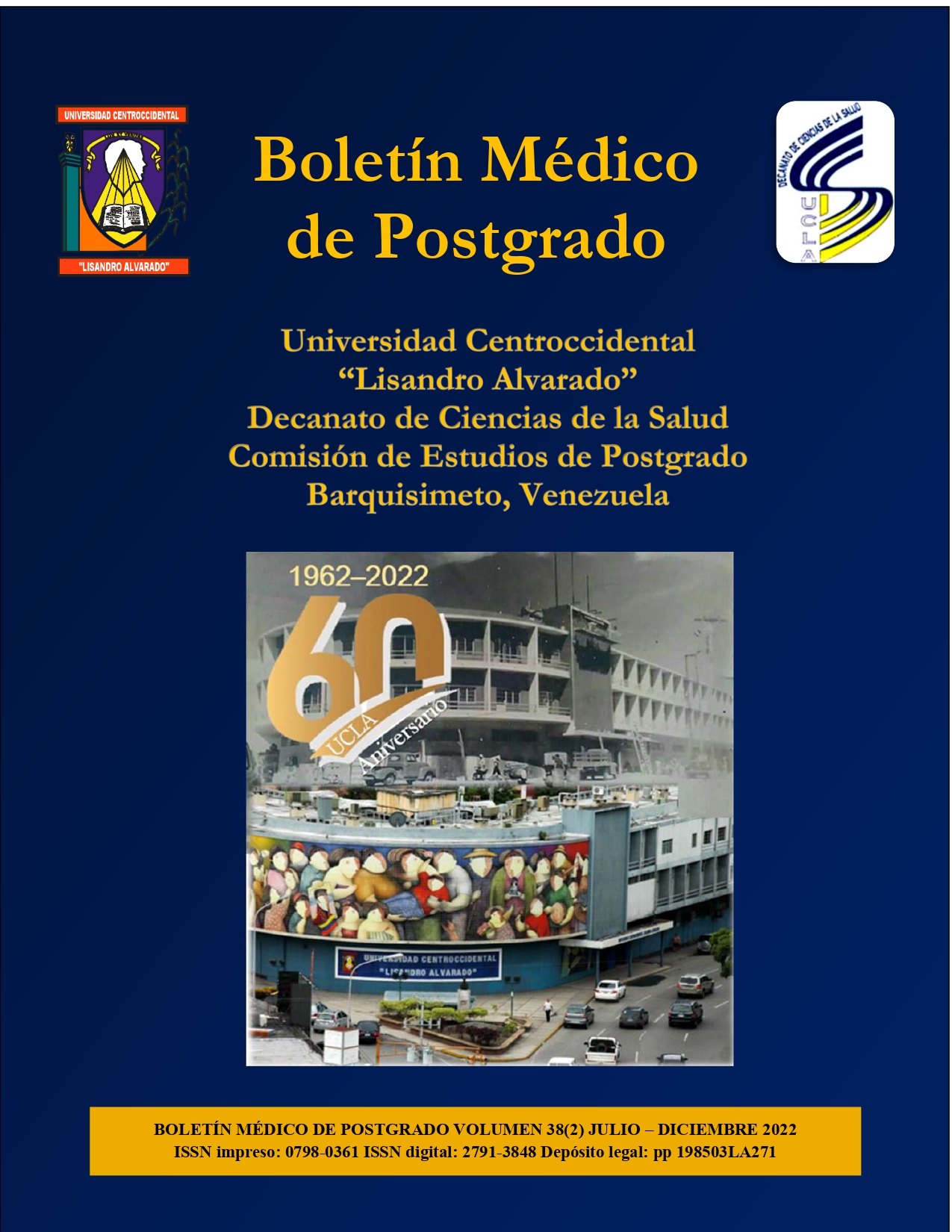First report in Venezuela of Blastocystis sp and Entamoeba coli in Pelecanus occidentalis of Coche Island, Venezuela
Keywords:
birds, guano australis, parasites, zoonosis, VenezuelaAbstract
In Venezuela, and particularly on the paradisiacal island of Coche, there are no studies on the pelican (Pelecanus occidentalis) as an agent of zoonotic transmission of enteroparasites (chromists, amoebae, helminths) or as their reservoir (Anisakis sp). For this reason, a descriptive cross-sectional study was carried out, with an accidental sample, to determine the presence of intestinal parasites in these seabirds, analyzing 100 samples of fresh feces obtained in two resting places where only this species usually rests. The samples were analyzed on the same day using the saline and lugol's techniques. An intestinal parasitosis frequency of 60% of the analyzed samples was determined, finding the enteroparasites Ascaridia spp. (50%), Blastocystis sp. (10%), Isospora spp. (10%), Entamoeba coli (10%), Raillietina spp. (10%), Trichomonadida (5%) and Capillaria spp. (5%). Due to the presence of parasites with medical/zoonotic potential, 30 human patients with gastrointestinal symptoms were evaluated coprologically to detect the diversity and frequency of human parasites that circulate in patients on the island, finding mostly Blastocystis sp (80%) and Entamoeba coli (10%). This is the first national report of pelican enteroparasites, where taxa of zoonotic importance are described.
Downloads
References
Dyer W, Williams E, Mignucci-Giannoni A, Jiménez-Marrero N, Bunkley-Williams L, Moore D, et al. Helminth and arthropod parasites of the brown pelican, Pelecanus occidentalis, in Puerto Rico, with a compilation of all metazoan parasites reported from this host in the Western Hemisphere. Avian Pathol 2002; 31(5): 441-448.
Arcia-Castañeda G, Muñoz-Gil J, Marín G, Rondón W, Hernández M, Zabala R, et al. Contenido de mercurio en cáscaras de huevos del alcatraz (Pelecanus occidentalis) en un área de nidificación en el golfo de Cariaco, Venezuela. The Biologist 2019; 17(1): 31-39.
Williams EH, Bunkley-Williams L, López-Irizarry I. Die-off of brown pelicans in Puerto Rico and the United States Virgin Islands. American Birds 1992; 46: 1106–1108.
Boadas E. (2022). Estado Nueva Esparta. Disponible en: https://margaritaentusmanosrevista.com/wp/estado-nueva-esparta/ .
American Psychological Association. (2012). Guidelines for ethical conduct in the care and use of nonhuman animals in research. American Psychological Association Committee on Animal Research and Ethics in 2010-11. American Psychological Association. Washington USA. 9 pp.
Figueiroa Lyra M, Bianque de Oliveira J, de Brito M, Soares Leite A, Santiago V, Alves de Oliveira R, et al. Parásitos gastrointestinales de aves silvestres en cautiverio en el estado de Pernambuco, Brasil. Parasitol Latinoam 2002; 57: 50 - 54.
Serrano-Martínez E, Quispe M, Andrade R, Casas G, Tantalean M. Identificación de parásitos gastrointestinales en pelicanos hallados durante una catástrofe ecológica en las costas de Lima, Perú. Salud y Tecnología Veterinaria 2013; 3(1): 28-30.
Cazorla Perfetti D, Morales P. Parásitos intestinales en poblaciones ferales de palomas domésticas (Columba livia domestica) en Coro, estado Falcón, Venezuela. Rev Inv Vet Perú 2019; 30(2): 836-847.
Zanetti A, de Barros L, de Araujo M, García H, Aguiar D, Espinosa O, et al. Diversity and prevalence of intestinal parasites of Zoonotic potential in animal hosts from different biomes in the central region of Brazil. Ann Parasitol 2021; 67(1): 95–105.
Gironés Barbero E. (2016). Tricomoniasis. relevancia clínico-patológica en aves silvestres del centro de recuperación de La Alfranca. Tesis de grado. Facultad de Veterinaria. Universidad de Zaragoza.
Published
How to Cite
Issue
Section
Copyright (c) 2022 Luis Traviezo-Valles

This work is licensed under a Creative Commons Attribution-NonCommercial-ShareAlike 4.0 International License.
Las opiniones expresadas por los autores no necesariamente reflejan la postura del editor de la publicación ni de la UCLA. Se autoriza la reproducción total o parcial de los textos aquí publicados, siempre y cuando se cite la fuente completa y la dirección electrónica de esta revista. Los autores(as) tienen el derecho de utilizar sus artículos para cualquier propósito siempre y cuando se realice sin fines de lucro. Los autores(as) pueden publicar en internet o cualquier otro medio la versión final aprobada de su trabajo, luego que esta ha sido publicada en esta revista.



